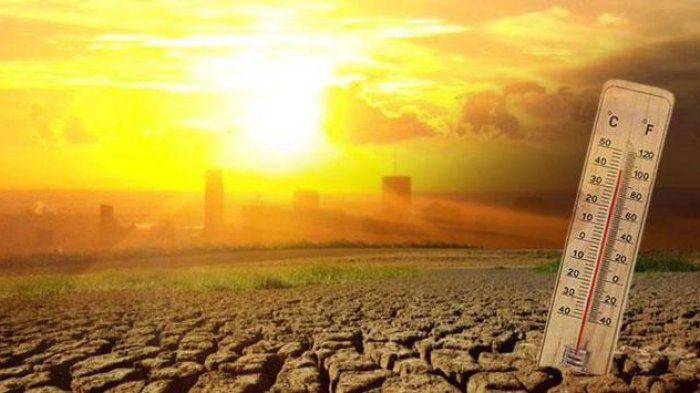Extreme Hot Middle East, Pilgrims Must Be Alert

DDHK. ORG - Currently the Middle East region and countries in the Gulf, are facing extreme heat. Pilgrims who are on Saudi Arabia, are advised to be vigilant.
This extreme heat is caused by climate change. Poorer populations are especially at risk in the decades ahead.
As reported by Republic, research published in the journal Nature Sustainability looks at the way countries are being exposed to unprecedented heat. The average annual temperature is 29 degrees Celsius or higher.
The study evaluates exposure under two scenarios by 2070, namely if global temperatures rise by 1,5 degrees Celsius or 2,7 degrees Celsius. In a scenario of a global population of 9,5 billion people and global temperatures rising by 2,7 degrees Celsius by that time, Qatar would expose its entire population to extreme heat, followed by the United Arab Emirates (UAE), and Bahrain with nearly the entire population exposed, the study said. find.
Kuwait and Oman will have more than 80 percent of their population exposed, followed by Saudi Arabia with more than 60 percent, and Yemen with about half.
Saudi Arabia and the UAE may face a dire situation in any temperature rise scenario as the majority of their populations are projected to be exposed to extreme heat even if global temperatures rise by 1,5 degrees Celsius.
Tim Lenton, one of the lead authors of a study released earlier this week, said the Middle East is an already hot region and is expected to face widespread heat extremes in the future.
"This will pose a habitable challenge to physiologically coping with extreme heat, producing food, finding water sources, and working outside," he wrote.
Those challenges, according to a professor of climate change at the University of Exeter, are pre-existing. Under these conditions, at least part of the adaptation strategy should already exist.
Despite faring relatively better, other countries in the Middle East are also not completely safe. It is expected that the rest of the country will experience some high average heat levels.
Just an example of Iran being colder on the exposure map. It's just that this country is still estimated to have nearly four million people who are vulnerable to exposure to extreme heat.
Last week, the Meteorological Organization World said the next five years would be the hottest period ever recorded. For the first time now global temperatures are likely to exceed 1,5 degrees Celsius from warming to 2027.
Lenton stated, how rich a country can play a role in how vulnerable that country is. Poorer populations will be at greater risk.
The elderly and the very young, as well as pregnant women and people who are sick are especially vulnerable.
“Thus, it is the poorer countries that tend to pose the greatest risk. Yet the wealthy cannot completely insulate themselves from the effects of extreme heat even if they own (and have) an air-conditioned vehicle,” said Lenton.
Muammer Koc, professor of sustainable development at Qatar's Hamad Bin Khalifa University, agrees with Lenton's research findings. He said, like many other places around the world, the Middle East could also experience increases in temperature, heat, humidity and seas that would worsen living conditions.
The worsening conditions made certain areas, including parts of the Middle East, uninhabitable for several months a year.
"Such impacts are expected to cause further disaster, damage and risks to infrastructure such as roads, railways, water and electricity supply networks as well as increased loads and limited access to health facilities," Koc said. [DDHK News]



